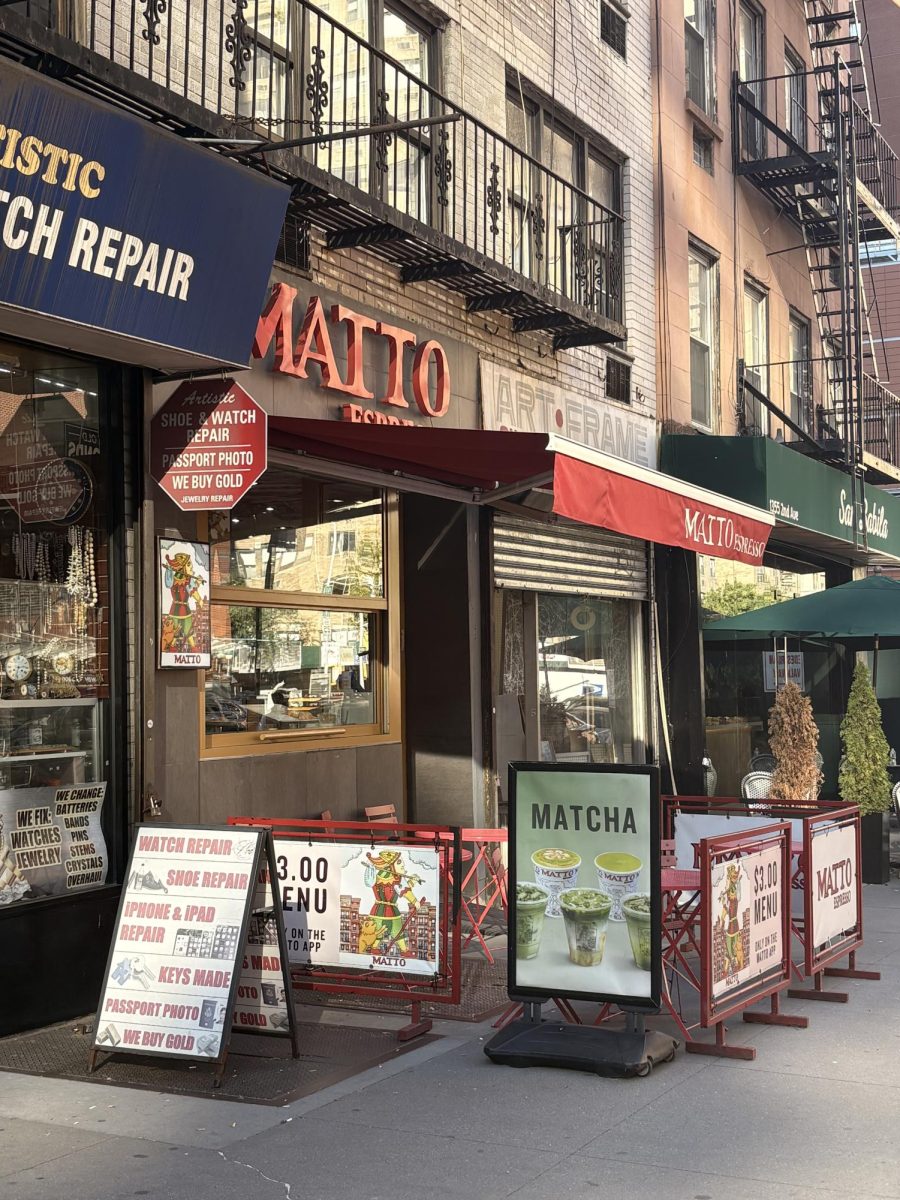As I sat in a dimly lit Broadway theater this past Friday, preparing to watch Doubt: A Parable, I pondered what a privilege it is to live in a city with such incredible acting and arts and I wondered at how, despite the proximity to Broadway, experiencing these performances is not monetarily feasible for many NYC college students. Unless you get lucky enough to win the Broadway Tickets Lottery, the cost is a barrier for many broke college students. But many students still attend shows, so how are they doing it?
There is one recourse that is essential for NYC students interested in attending Broadway shows: B’way Rush. This website contains information regarding mobile and in-person rush tickets, mobile and digital lottery tickets, standing-room-only (SRO) tickets, and student rush discounts. In-person rush tickets can be purchased the day of, at a box office as soon as it opens, from 10 AM Monday through Saturday and noon on Sunday. As for the mobile rush, these can be found through the app TodayTix.
Similar to the rush tickets, the option for the lottery on B’way rush allows buyers to find discounted admission to popular shows, with some options listed even a week in advance. Each show has its own lottery rules which can be found under the ”lottery” link on the website. Currently, all of the Broadway lotteries are housed solely online, Wicked being the only exception.
Finally, the most valuable feature of B’way Rush and an NYC student benefit we should all be taking advantage of: student discounts. On the home page of B’way Rush, in small print next to the row titled “rush,” you can find information regarding pricing and discounted pricing on certain Broadway Shows. A few of these discounts and shows include 50% student discounts for Home, English, Doubt, Pirates of Penzance, Yellow Face, and Doubt.
Speaking of Doubt, the show I had the pleasure of seeing most recently, I will give you my brief review and thoughts on it. For some context, Doubt: A Parable by John Patrick Shanley, is a returning piece that has won a Pulitzer Prize- and Tony Award-winning Best Play. Doubt has a cast of four, made up of Amy Ryan as Sister Aloysius, Liev Schreiber as Father Flynn, Quincy Tyler Bernstine as Mrs. Muller, and Zoe Kazan as Sister James. Originally, Tyne Daly was set to star as Sister Aloysius, but poor health removed her from the play and set the start date back one week.
The story of Doubt centers around the character of Sister Aloysius, a principal working at a Catholic primary school in the Bronx. At this school, Sister Aloysius maintains a structure of discipline and structure. She is immediately characterized as intimidating, alert, and in control, an aspect that is emphasized throughout her conversations with various characters, especially timid Sister James. The conflict in Doubt arises when Sister Aloysius begins to suspect nefarious intentions toward a student on the part of a school priest, Father Flynn. After her initial suspicion, and the shared voicing of this concern to Sister James, the action begins to rise, and a confrontation with Father Flynn ensues.
Overall, Doubt could be described as heavy. The plot is heavy, the conflict is difficult, and the characters are convoluted. In the end, the audience is still left to wrestle with whether Father Flynn is guilty or not, a deliberation that Sister Aloysius expresses doubt surrounding at the play’s close. Nearly the singular simple aspect of the play was its sets, designed by David Rockwell. The sets allowed for an indoor and outdoor look at the office of sister Aloysius and the interior of the church. Stained glass panels, and worn stone walls, draw the audience into the universe of a 1960s Catholic primary school, allowing viewers to become a part of the play themselves.
While Doubt may not be my favorite of the shows I have seen on Broadway, it was certainly still a time well spent. The subject is one of importance and relevance that deserves to be addressed, and the actors, script, and portrayal of the topic were both respectfully executed and disturbingly realistic. And it is through plays such as this that action can be inspired, plays that you can see too if you seek the right resources.
































